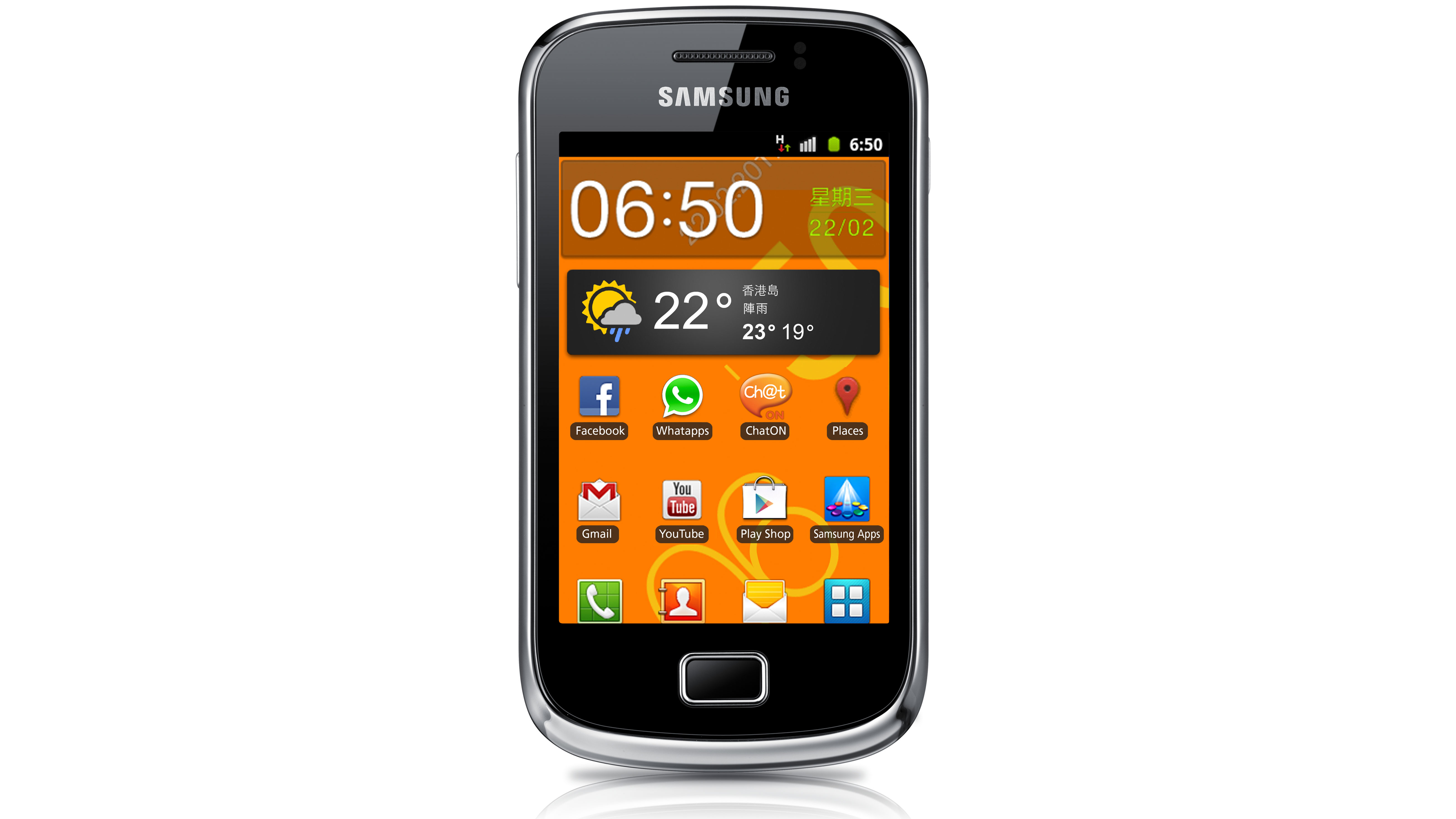Why you can trust TechRadar
Inside the Samsung Galaxy Mini 2 you'll find a mediocre 4GB of internal storage, however around half of that is taken up by the operating system, so when you get down to it you've got closer to 2GB of usable space.
Luckily you can give the Galaxy Mini 2 a boast by up to 32GB with the addition of a microSD card – which can pop easily into the side of the handset without you having to take the battery out or turn off the phone.
If you're not a fan of keeping media on SD cards, or just fancy storing stuff on the internal memory then you've got a couple of choices with the Galaxy Mini 2.
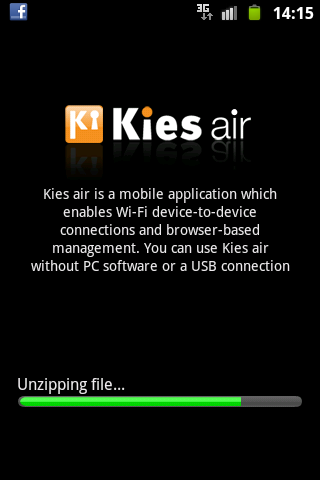
The first is the good old, hard-wired connection to your computer – grab the USB cable out of the box and plug straight in.
Once connected up you can go down the tried and tested route of drag and drop to shift content between your machine and handset.
Or, if you prefer, you can install Samsung's desktop software Kies, which is a little bit hit and miss, slow quite a lot of the time and really doesn't offer too many clear advantages over drag and drop.
However if wires are too old fashioned for you, the Galaxy Mini 2 has the Kies air app installed – allowing you to wirelessly manage the content on the phone through your computer's internet browser.
Your phone and computer will need to be on the same wireless network for this to work, and once you fire up the app it will give you an IP address to tap into the browser's URL bar, from where you'll be able to manipulate your media.
Music
The Galaxy Mini 2 comes with the stock Android music player giving you easy access to all the songs stored on both the internal memory and any microSD card you may have plugged in.
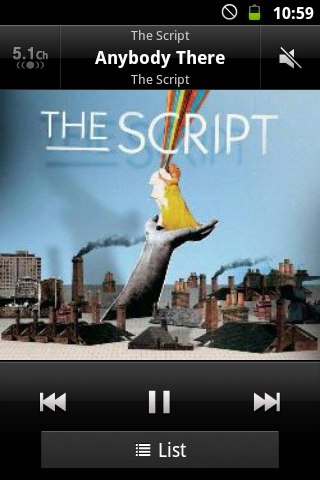
The player itself gives you the basic play/pause, skip and scrub controls, and there's a handy widget and notification bar controls, allowing you to easily manage your tunes without having to dive back into the app.
Sound quality is acceptable for a phone at the bottom end of the market and not sporting any fancy audio enhancements such as the Dr Dre Beats technology found in several HTC handsets.
You can play your tunes through the rear speaker on the Galaxy Mini 2, but quality isn't great and if you want to fill a room with music prepare for it to be tinny, distorted and not really banging.
Video
Watching videos on your smartphone probably isn't the top of your wish list if you're thinking about purchasing the Samsung Galaxy Mini 2, as the 3.27-inch, 320 x 480 screen isn't the most appealing for movie playback.
However that's not to say the Galaxy Mini 2 can't cope, as we were able to watch our MP4 movies without too much bother, however it's worth noting the supported file formats only encompass H.264/H.263 alongside MP4, so you may want to invest in a video converter.
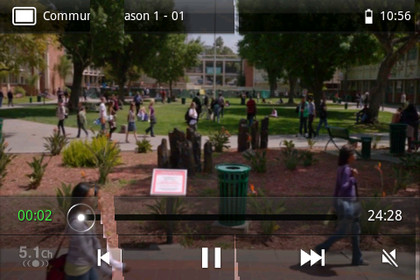
There is a dedicated video player app, which is still a rarity on a lot of smartphones, which like the music player offers up the very basics for movie playback, but at least it's easy to use.
Thanks to the small, rounded design of the Galaxy Mini 2 it's very comfortable to hold – although you'll find yourself squinting at the tiny screen and while video is perfectly watchable, it's by no means the bright, sharp, clear HD experience you find on higher-end devices.
All in all the Galaxy Mini 2 is great for watching short clips on YouTube, but for anyone who wants to watch a full length movie we'd recommend digging out the laptop or switching on the telly.
Photos
The gallery app is your one stop shop for viewing all your photos – collating those taken with the Samsung Galaxy Mini 2's camera as well as any others you may have stored on the phone or microSD card.
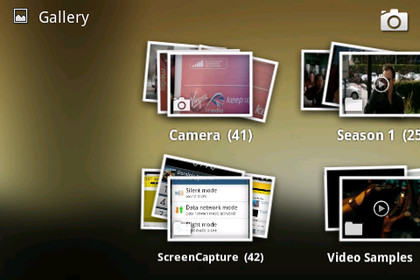
It doesn't pull through albums from the likes of Picasa or Facebook, nor is there any photo editing software on the Galaxy Mini 2, with crop and rotate the only tools you have to play with.
The thumbnailed layout of the gallery is visually very appealing and easy to navigate, however a little annoyingly any video you may have captured with the camera will be mixed up among all your snaps.

TechRadar's former Global Managing Editor, John has been a technology journalist for more than a decade, and over the years has built up a vast knowledge of the tech industry. He’s interviewed CEOs from some of the world’s biggest tech firms, visited their HQs, and appeared on live TV and radio, including Sky News, BBC News, BBC World News, Al Jazeera, LBC, and BBC Radio 4.
